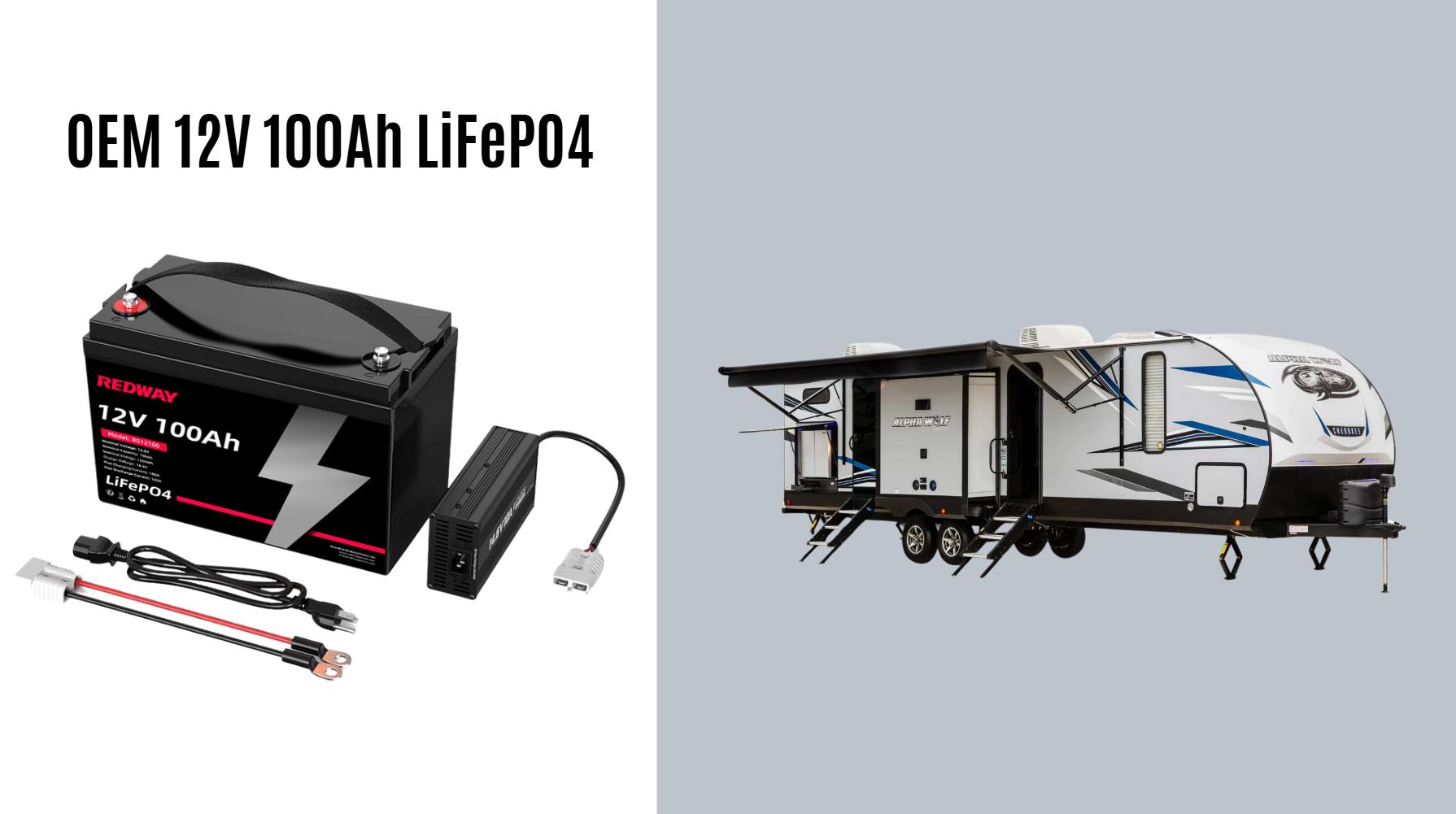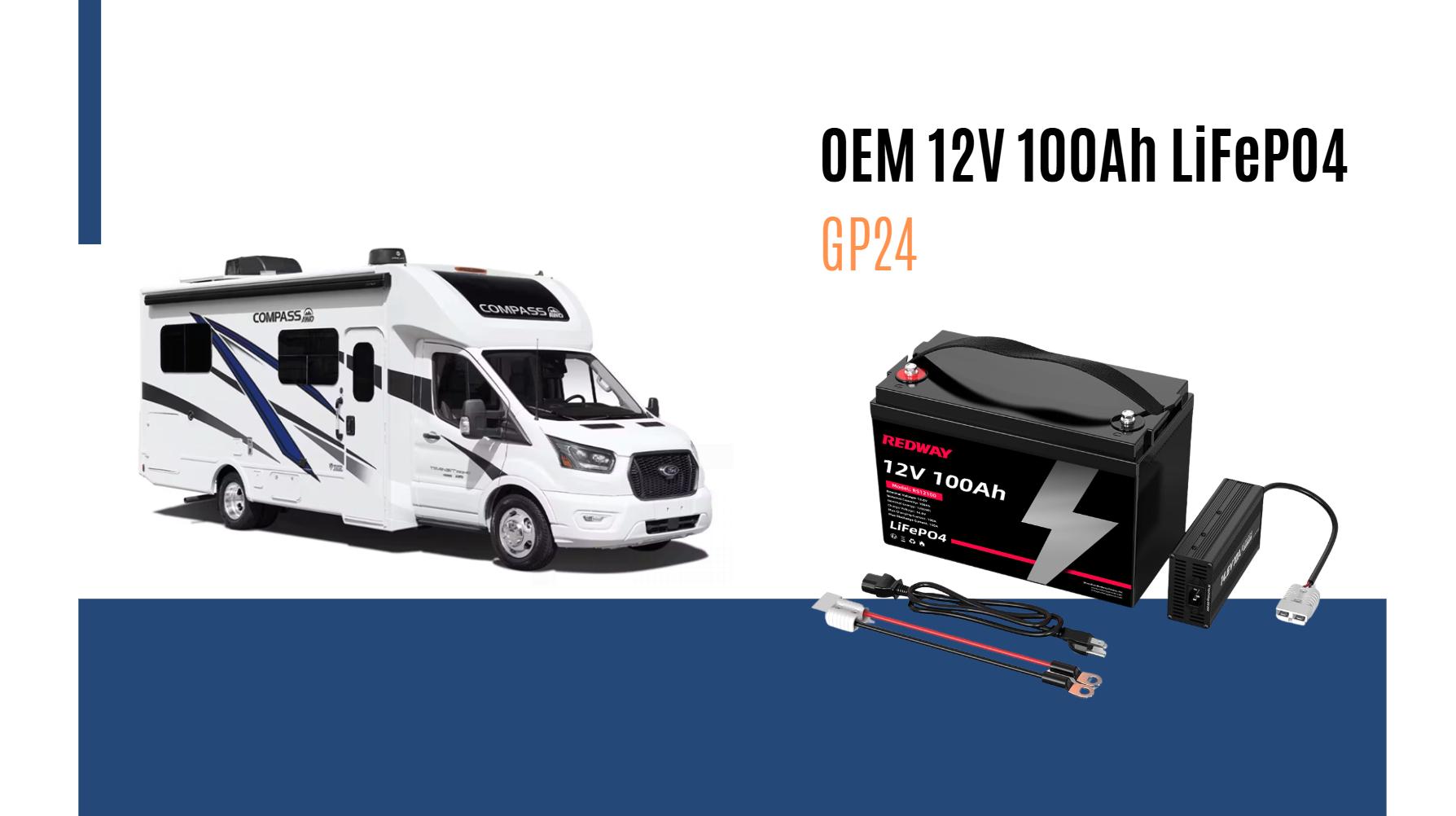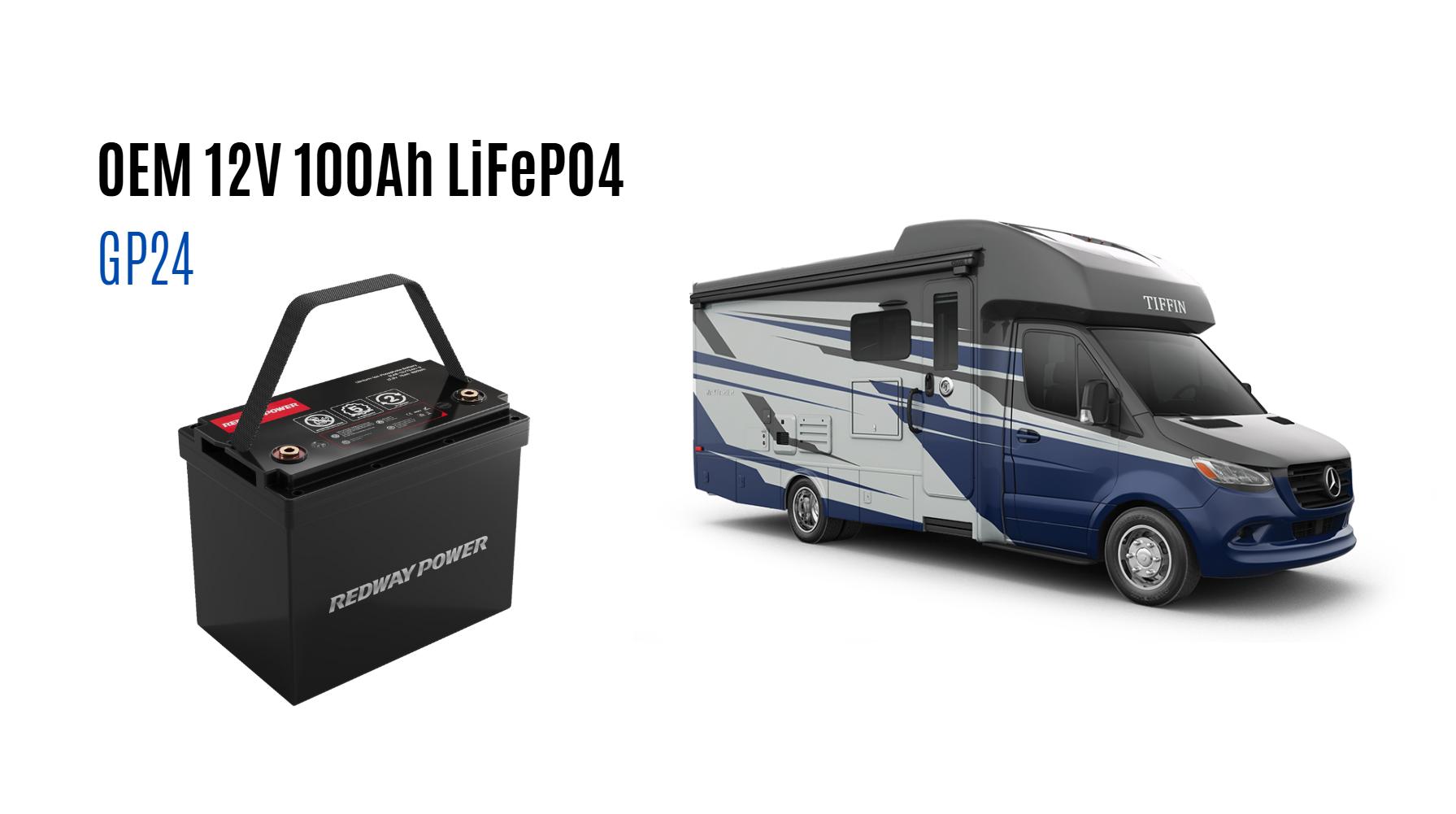Winnebago RV Solar Integration Guide: Costs, Components & Expert Tips
How Does Winnebago Integrate Solar Power into Their RVs?
Winnebago integrates solar power into its RVs through factory-installed solar panels, charge controllers, and lithium battery systems. These systems harness solar energy to power appliances, reduce reliance on generators, and extend off-grid capabilities. Customizable kits and smart energy management tools optimize efficiency, making Winnebago a leader in sustainable RV travel.
What Are the Core Components of Winnebago’s Solar Energy Systems?
Winnebago’s solar systems include monocrystalline solar panels, MPPT charge controllers, lithium-ion batteries, and inverters. These components work together to capture, store, and convert solar energy. Advanced models feature integrated monitoring systems, allowing users to track energy production and consumption in real time via mobile apps.
Why Choose Solar Power for Winnebago RVs?
Solar power reduces fuel costs, minimizes environmental impact, and enables extended off-grid adventures. Winnebago’s solar systems provide silent, maintenance-free energy, eliminating generator noise and emissions. Solar integration also increases resale value and complies with eco-friendly camping regulations in parks and public lands.
How to Maintain Winnebago’s Solar Power Systems?
Regularly clean solar panels with a soft cloth and mild detergent to remove debris. Inspect wiring for wear and ensure connections are secure. Update monitoring software periodically and avoid shading panels during use. For lithium batteries, maintain a 50-80% charge during storage to prolong lifespan.
Seasonal adjustments are crucial for maintaining peak performance. In winter, remove snow buildup to prevent panel damage and ensure energy capture during shorter days. Summer requires angled cleaning to avoid dust accumulation, which can reduce efficiency by up to 15%. Winnebago recommends pH-neutral cleaners to preserve anti-reflective coatings.
| Maintenance Task | Frequency | Tools Needed |
|---|---|---|
| Panel Cleaning | Monthly | Soft brush, mild detergent |
| Wiring Inspection | Every 6 months | Multimeter, insulation tester |
| Software Updates | Quarterly | Wi-Fi connection |
Bi-annual professional inspections ($150-$300) can identify micro-cracks or inverter faults early. Use the Winnebago Connect app to monitor battery health and receive voltage alerts. For lithium batteries, avoid storage below -4°F (-20°C) without disconnecting and moving them indoors.
Can Existing Winnebago Models Be Upgraded with Solar Power?
Yes, Winnebago offers retrofit solar kits for older models. These include panels, mounting hardware, and compatibility checks with existing electrical systems. Professional installation is recommended to ensure optimal performance and warranty compliance. Third-party upgrades are also possible but may void factory warranties.
What Are the Hidden Costs of Solar Integration in Winnebago RVs?
Hidden costs include inverter upgrades, additional wiring, and potential roof reinforcements. Lithium batteries, while efficient, are pricier than lead-acid alternatives. Insurance premiums may rise due to increased vehicle value, and specialized technicians often charge higher labor rates for installations.
Roof reinforcements ($800-$1,200) become necessary when exceeding 400W panel capacity, as standard RV roofs support only 200-300W. Upgrading to a 3,000W inverter costs $1,500+ but is essential for high-demand appliances like induction cooktops. Insurance premiums typically increase 8-12% for solar-equipped RVs.
| Cost Component | Average Price Range | Notes |
|---|---|---|
| Lithium Battery (300Ah) | $2,000-$3,500 | Lasts 2x longer than lead-acid |
| MPPT Charge Controller | $250-$600 | Required for >400W systems |
| Roof Reinforcement | $800-$1,200 | Needed for heavy panel arrays |
Unexpected expenses like custom mounting brackets ($75-$200 per panel) or upgraded battery compartment ventilation ($300-$500) further inflate budgets. Always request quotes detailing labor, parts, and post-installation testing.
How Does Weather Impact Solar Efficiency in Winnebago RVs?
Cloudy or rainy conditions reduce solar output by 50-70%. Winter angles lower panel efficiency, while extreme heat degrades battery performance. Winnebago’s MPPT controllers mitigate losses by adjusting voltage, and supplemental charging via alternators or shore power ensures consistent energy supply during suboptimal weather.
Are Winnebago’s Solar Systems Compatible with Third-Party Add-Ons?
Winnebago’s systems support select third-party add-ons, such as portable solar blankets or higher-capacity batteries. However, incompatible components may trigger error codes in proprietary monitoring systems. Always verify compatibility with Winnebago’s technical team before installing non-OEM parts.
Expert Views
“Winnebago’s solar integration sets industry benchmarks, but users often underestimate energy needs,” says Redway’s lead RV engineer. “We recommend auditing appliance wattage before installation. The 400W factory system suffices for lights and phones, but microwaves or AC units require 800W+ setups. Future models may incorporate bifacial panels for 20% higher yields.”
Conclusion
Winnebago’s solar integration balances innovation and practicality, offering eco-conscious travelers energy independence. While upfront costs exist, long-term savings and environmental benefits justify the investment. As solar tech evolves, Winnebago remains poised to deliver cutting-edge solutions for modern adventurers.
FAQs
- How long do Winnebago’s solar panels last?
- Panels last 25+ years with minimal efficiency loss (0.5% annually). Warranties cover 10 years for materials and 25 years for performance.
- Can solar power run air conditioning in Winnebago RVs?
- Yes, but only with 800W+ systems and lithium batteries. Continuous AC use requires supplemental charging or generator backup.
- Does solar installation affect Winnebago’s warranty?
- Factory-installed systems maintain full warranties. Aftermarket upgrades may void electrical warranties unless certified by Winnebago.



